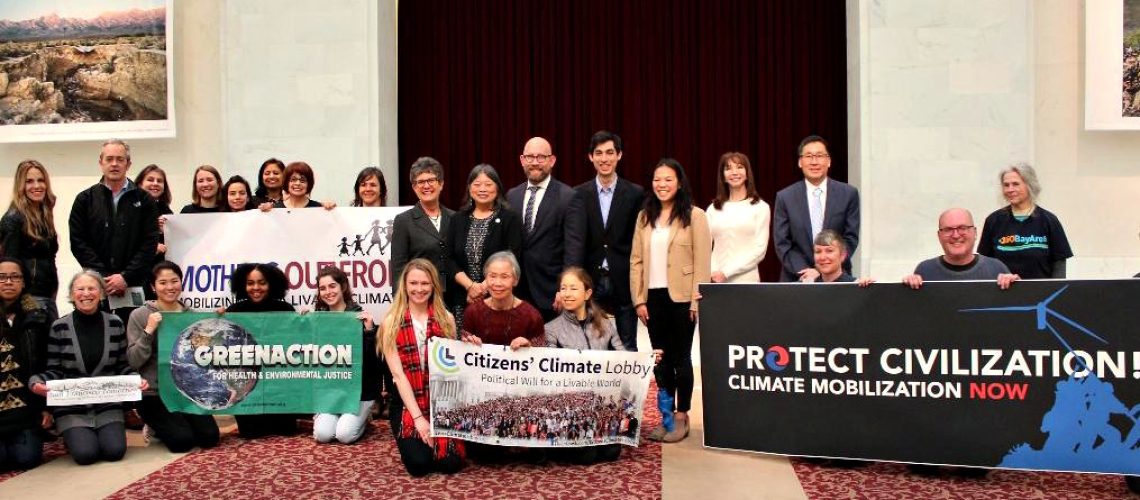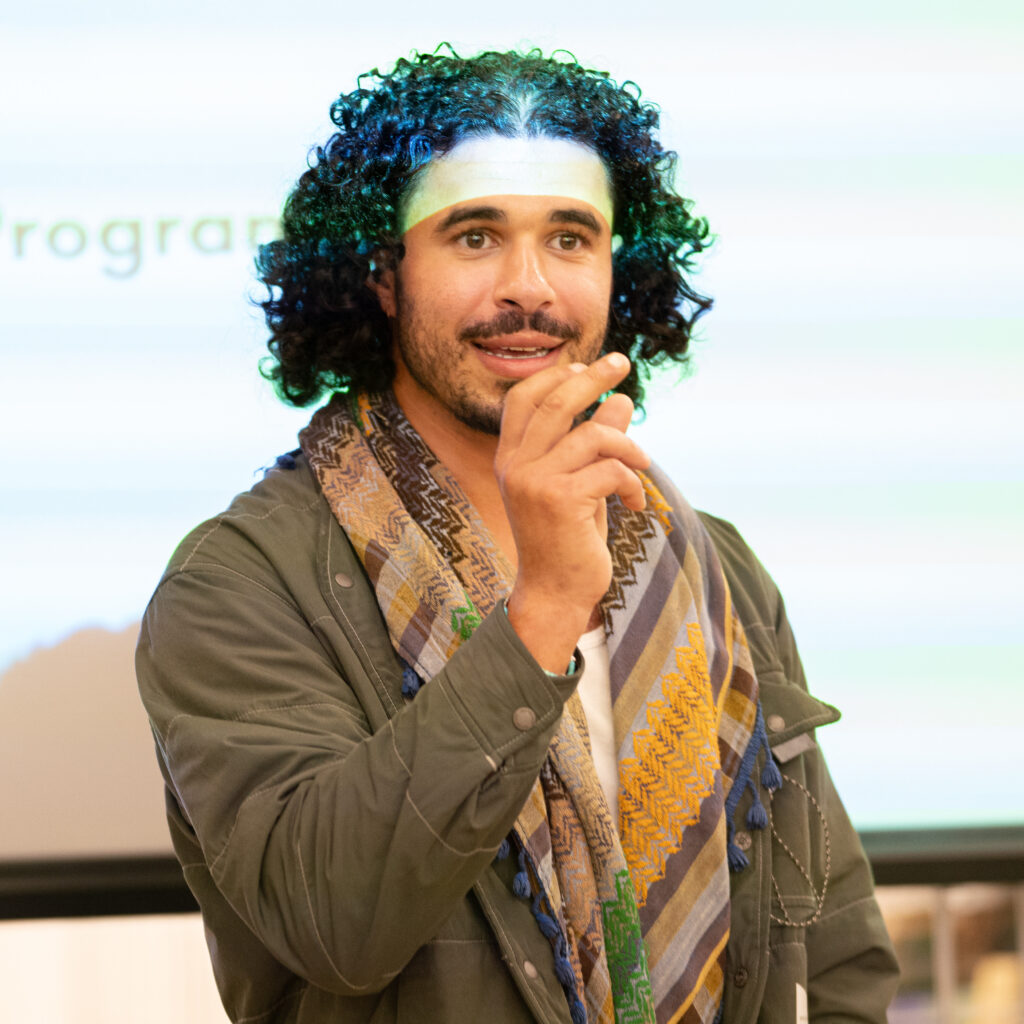
These past few weeks saw stark evidence that for the world’s most vulnerable, the nightmare of the Climate Emergency is already here. Close to 2 million people in Zimbabwe, Mozambique, and Malawi are in need of assistance after Cyclone Idai, destroying Beira, a city of more than 500,000 people. Massive floods like those that devastated agriculture in the Midwestern United States this past month will become more common as global temperatures rise. Global warming will make powerful storms and the confluence of particularly dangerous conditions more frequent and more intense. These two tragedies—both hitting poor, indigenous people in the midwest and people of the Global South hardest—make clear that those who will suffer first and most deeply from climate change are not those who have benefited most from fossil fuels over the last 150 years.
Alarm bells are ringing throughout the natural world, (check out this article about disappearing glaciers) underscoring the great need for mobilization to restore a safe climate.
Youth Climate Strikes

On March 15, young people worldwide took a stand against this nightmare: An estimated 1.6 million students in over 120 countries went on strike to demand that those in power mobilize to address a crisis that threatens to swallow up their futures. Young people without the right to vote nevertheless made their voices heard at rallies in more than 2,200 towns and cities worldwide. (The New York Times documented many of these protests in photos.)
Organized by local youths in each city where they took place, through informal transnational networks and without an umbrella nonprofit, this strike demonstrated the dedication and resourcefulness of a generation that is fighting for their lives.
A key demand of the U.S. Youth Climate Strikers is a national declaration of Climate Emergency.
Climate Emergency Declarations

Local governments continue to step up. 45 cities and municipalities in the UK, Switzerland, Australia, Canada, and the United States have declared climate emergencies since March 1, 2019, including the City of San Francisco, which passed a climate emergency declaration unanimously on April 2. The city of Chico, California also passed a climate emergency declaration after last year’s devastating wildfires destroyed much of the neighboring town of Paradise in the deadliest fire in California history.
Read more about these California declarations on our blog. Also visit our Climate Emergency Declarations Campaign page for a map of declared cities and a spreadsheet listing the over 440 local governments representing over 40 million people, that have declared a Climate Emergency, click here.
International Efforts
Copenhagen, which has reduced emissions by 42% since 2005 and aims to become carbon neutral by 2025, is a model for how local governments can do their part in preventing global catastrophe. Much remains to be done, but 43% of Copenhagers commute by bike—and the city has replaced fossil fuel with wind and garbage for heat generation.
National groups are also beginning to recognize this emergency for what it is. The Labor Party in the UK (one of that country’s two major parties) declared a national environment and climate emergency. Norway’s sovereign wealth fund, which has profited enormously from the sale of fossil fuels, announced that it is beginning to invest in renewable energy sources instead.
Fighting in Court
Others are taking the fight to the fossil fuel companies that have profited at the expense of future generations. Environmentalist groups, including Greenpeace and Friends of the Earth Netherlands, filed suit against Royal Dutch Shell this month, demanding the multinational extractor cut its greenhouse gas emissions to zero by 2050. Meanwhile, California cities and counties—including Oakland and San Francisco—have sued fossil fuel companies demanding they address the damage caused by rising sea levels and other effects of global warming. Six U.S. Senators filed a no-holds-barred amicus brief in one of these lawsuits, calling out fossil fuel companies for “a decades-long campaign of disinformation, obstruction, and political intimidation designed to prevent democratically accountable branches of government from adopting any policies that would reduce carbon pollution.”
The ongoing deception campaign was evident this past month in the U.S., where, as threatened, Sen. Mitch McConnell (R-KY), who has received more than $2 million from oil and gas companies, brought a booby-trapped version of the Green New Deal for a vote in the U.S. Senate in an effort to embarrass its supporters. All but three Democratic Senators voted “present” —a defensive move meant to signal a willingness to pass a modified version. A a speech by Rep. Alexandria Ocasio-Cortez’s (D-NY) defending the Green New Deal went viral; citing the recent floods in the Midwest, Rep. Ocasio-Cortez rejected the suggestion that environmentalism is an elite luxury.
“This is not an elitist issue. This is a quality of life issue. You want to tell people that their concern and their desire for clean air and clean water is elitist? Tell that to the kids in the South Bronx who are suffering from the highest rate of childhood asthma in the country. Tell that to the families in Flint who have their blood ascending in lead levels. Their brains are damaged for the rest of their lives. Call them elitist,” AOC said in part.
In short, this past month gave us two glimpses into our future as a planet —one where catastrophic storms destroy vulnerable cities and farmland, and one where young people self-organize a global movement of hope and solidarity. We can still choose between these futures —and we hope you’ll join us in mobilizing for a livable planet.

















